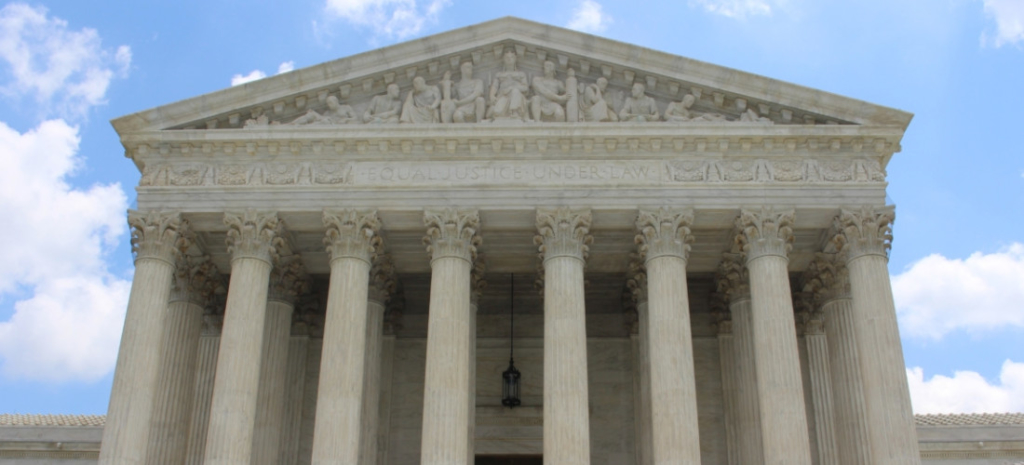Few would describe the False Claims Act as a model of clarity. Among its ambiguous provisions is the statute of limitations. A three-way circuit split has developed on how to read the provision, and the Supreme Court has agreed to resolve the question. See Cochise Consultancy v. United States ex rel. Hunt, No. 18-315, 2018 WL 4385694, at *1 (U.S. Nov. 16, 2018). Let us begin simply: an FCA plaintiff will always have at least six years to bring a claim, but never more than 10 years. 31 U.S.C. § 3731(b). How to get from six to ten years is where the ambiguity arises: (b) A civil action under section 3730 may not be brought— (1) more than 6 years after the date on which the violation of section 3729 is committed, or (2) more than 3 years after the date when facts material to the right of action are known or reasonably should have been known by the official of the United States charged with responsibility to act in the circumstances, but in no event more than 10 years after the date on which the violation is committed, whichever occurs last. Id. (emphasis added). Easy enough when the United States has brought the action or intervened in it. But what about a qui tam case in which the United States has declined to intervene? May the relator avail herself of the extra three years in Section (b)(2)? The U.S. Courts of Appeals have given three different answers. The Fourth, Fifth, and Tenth Circuits have all held that the statute of limitations in Section 3731(b)(2) applies only in cases filed by the United States or in which the United States has intervened. See United States ex rel. Sanders v. North American 2 Bus Industries, Inc., 546 F.3d 288 (4th Cir. 2008); United States ex rel. Sikkenga v. Regence BlueCross BlueShield of Utah, 472 F.3d 702 (10th Cir. 2006); United States ex rel. Erskine v. Baker, 213 F.3d 638 (5th Cir. 2000) (per curiam) (unpublished). The Third and Ninth Circuits have held that a relator may rely on the statute of limitations in Section 3731(b)(2), even where the United States does not intervene, but that the limitations period is triggered by the relator’s knowledge of the alleged fraud, not by the government’s knowledge. United States ex rel. Malloy v. Telephonics Corp., 68 F. App’x 270 (3d Cir. 2003); United States ex rel. Hyatt v. Northrop Corp., 91 F.3d 1211 (9th Cir. 1996). The Eleventh Circuit in Cochise Consultancy adopted a third approach: not only may a relator rely on Section 3731(b)(2) where the United States has not intervened in the case, but the limitations period is triggered by the responsible government officer’s knowledge of the alleged fraud, not by the relator’s knowledge.
